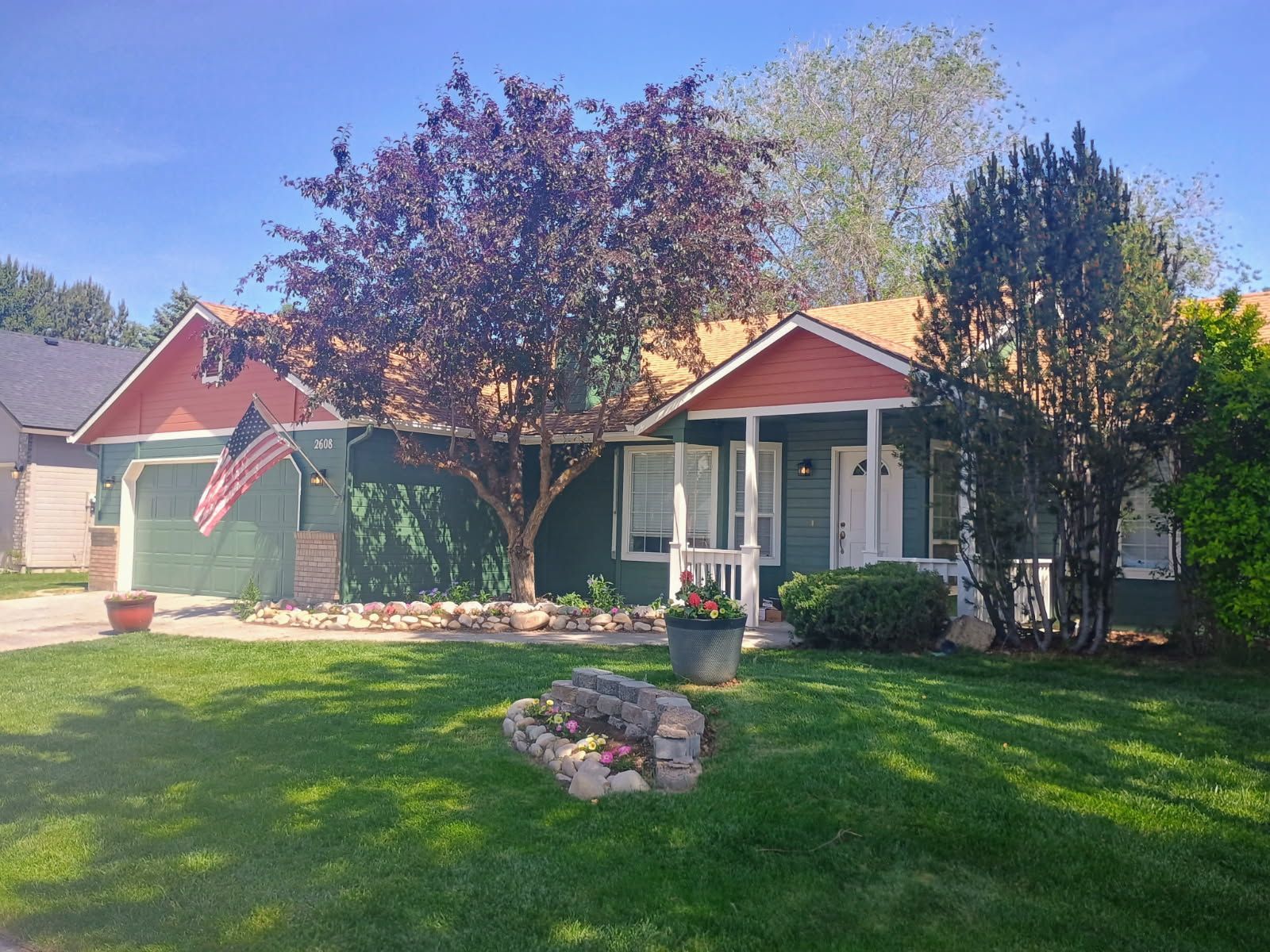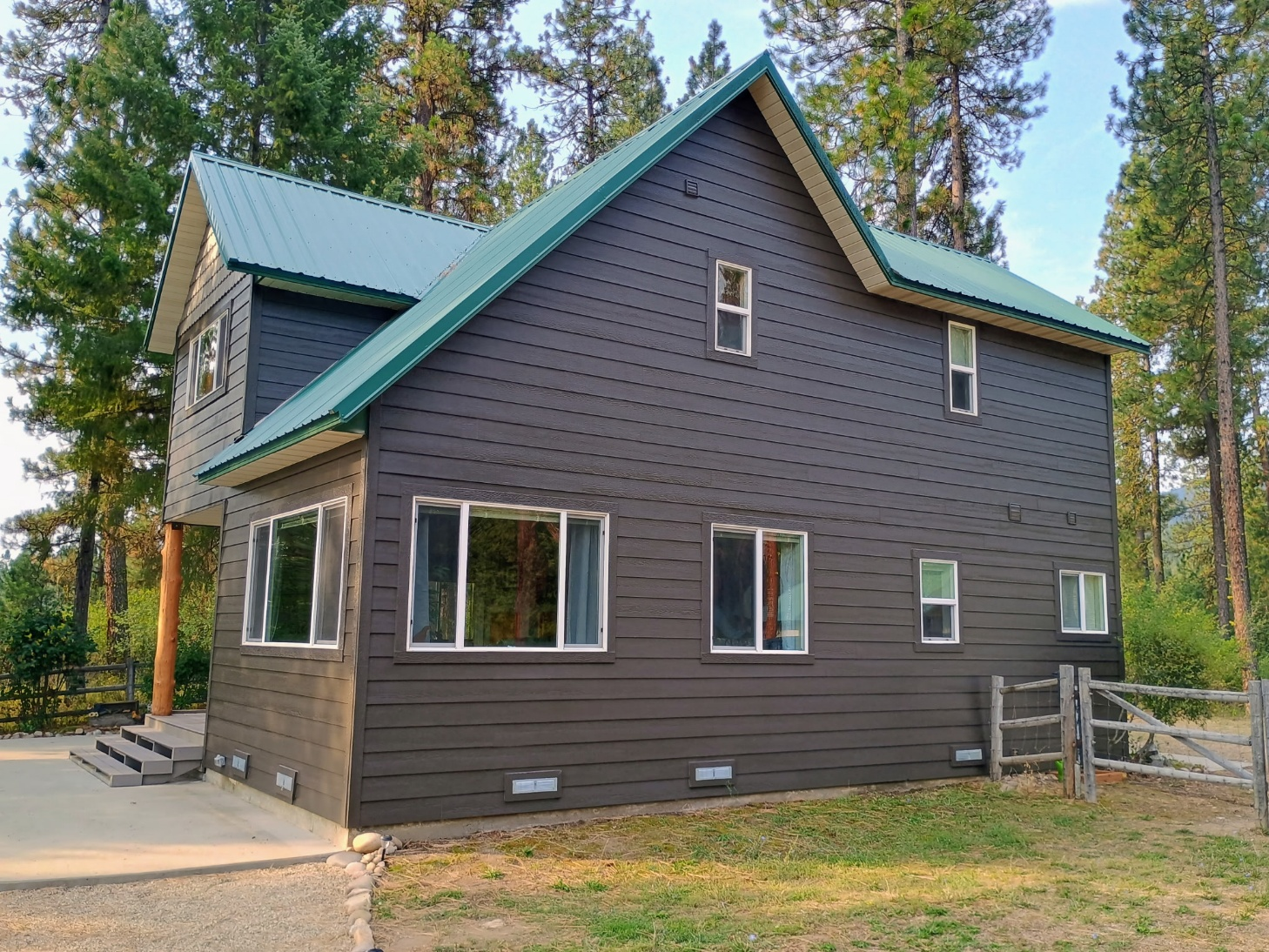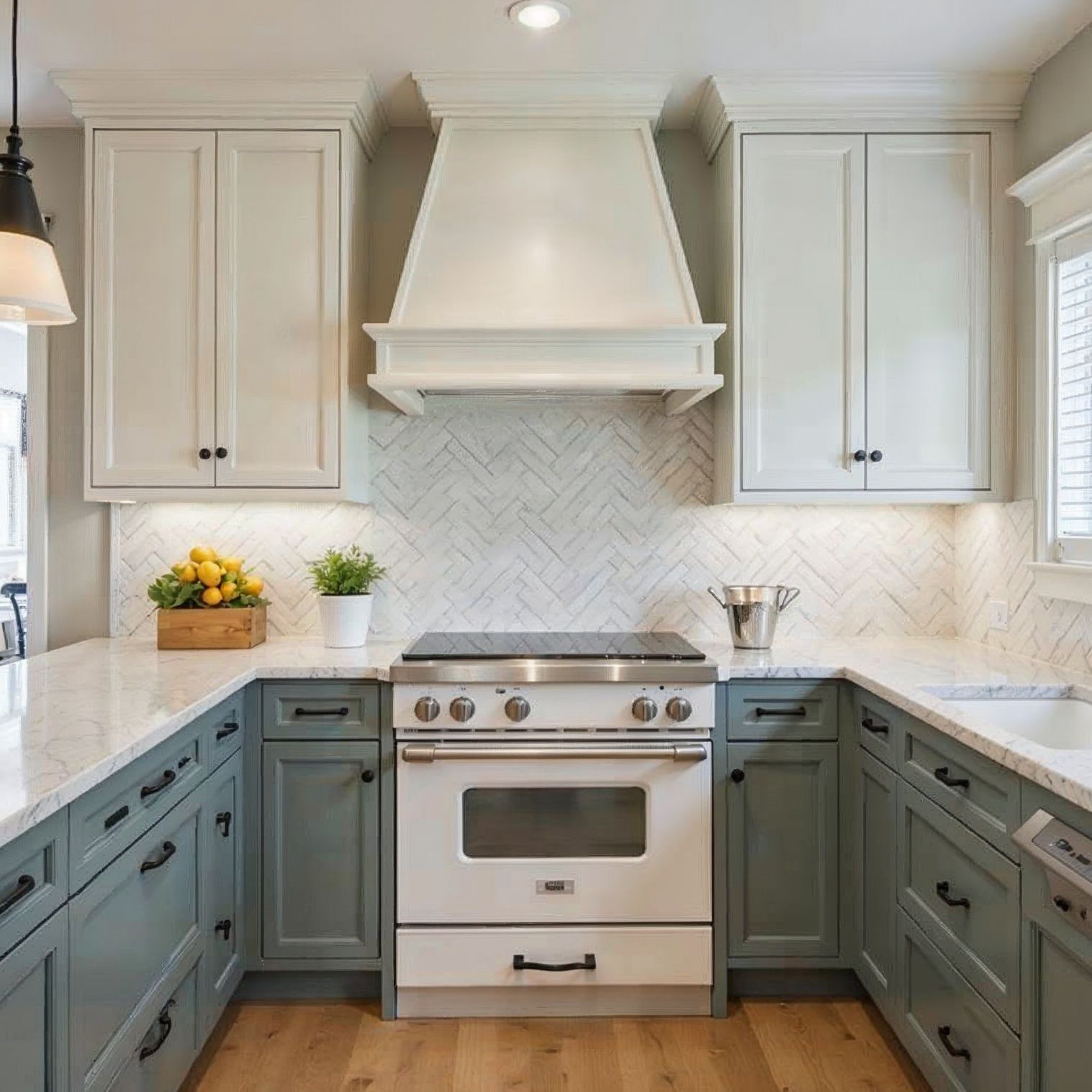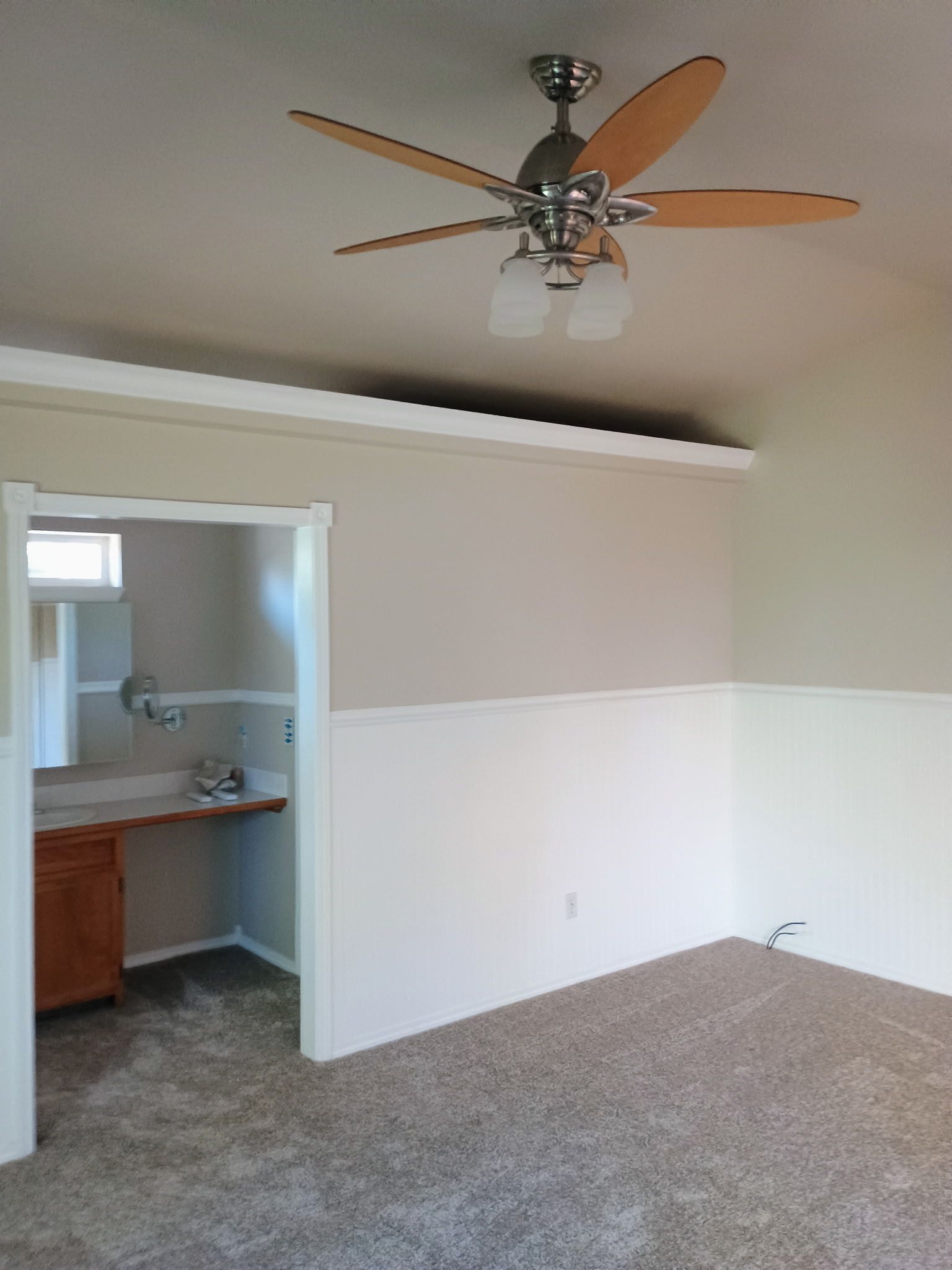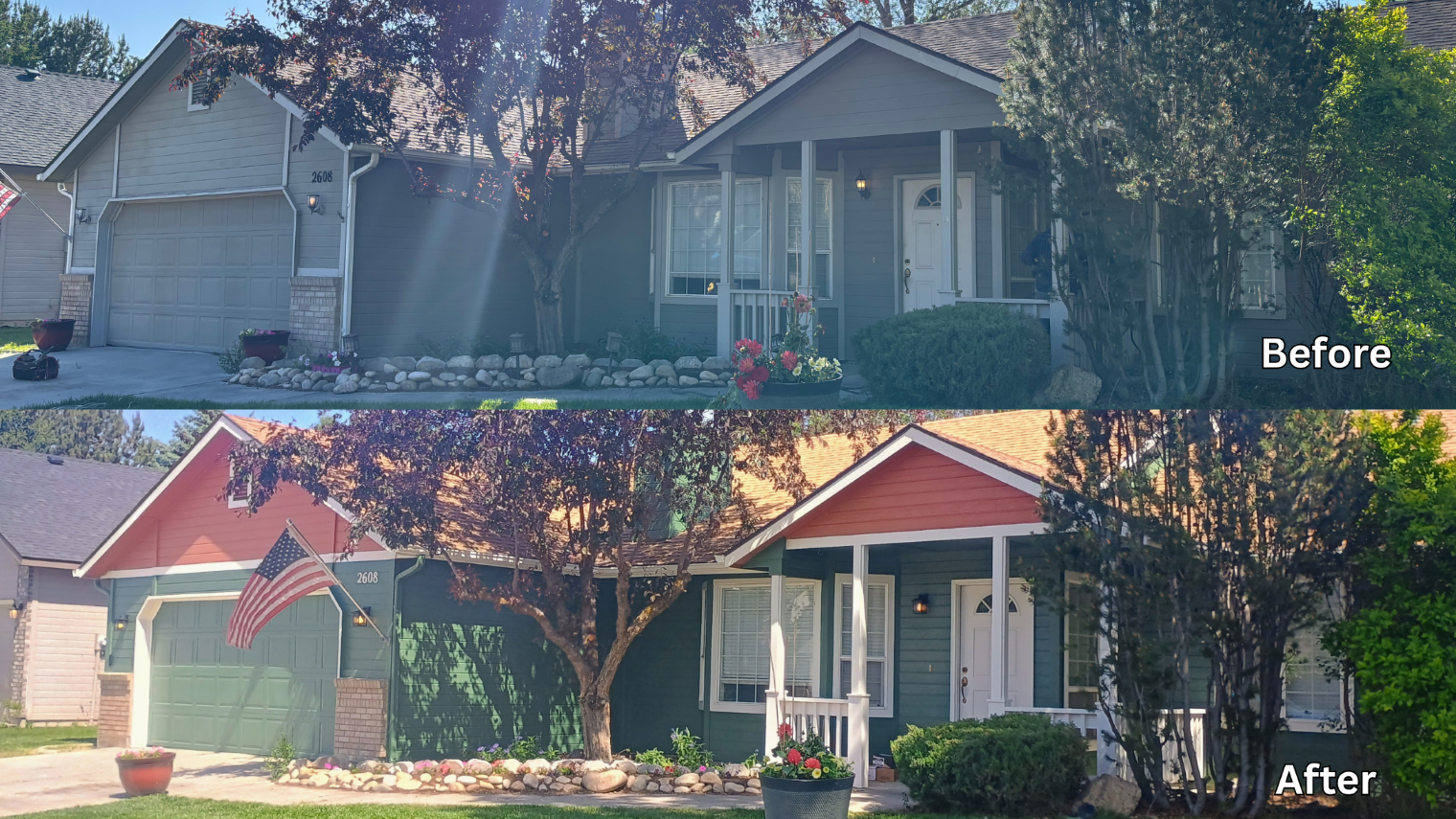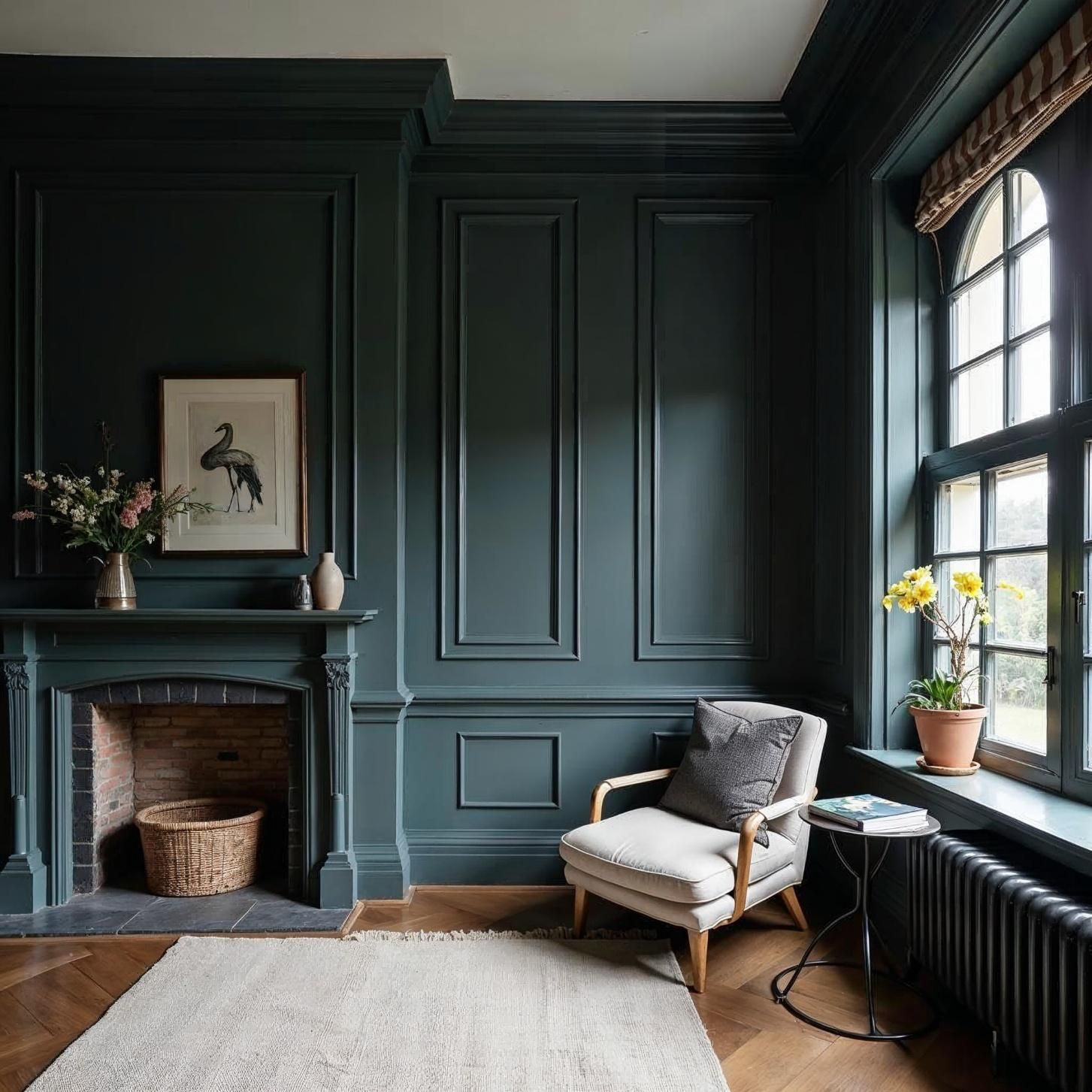
Mastering the Exterior Painting Process: A Guide for Homeowners by Scotty's Painting LLC
Painting the exterior of your home is more than just a facelift; it's an investment in durability and curb appeal. At Scotty's Painting LLC, we understand that mastering the exterior painting process requires both skill and attention to detail. From the moment you assess the condition of your home's surfaces to the final brushstroke, every step is crucial for a long-lasting finish. Our guide will walk you through the essentials of painting preparation, including selecting the right environmentally friendly paints and using professional-grade tools and equipment. Whether you're a DIY enthusiast or considering professional painters, this resource will provide you with the confidence and knowledge to achieve the stunning results your home deserves.
Preparing Your Home for Painting
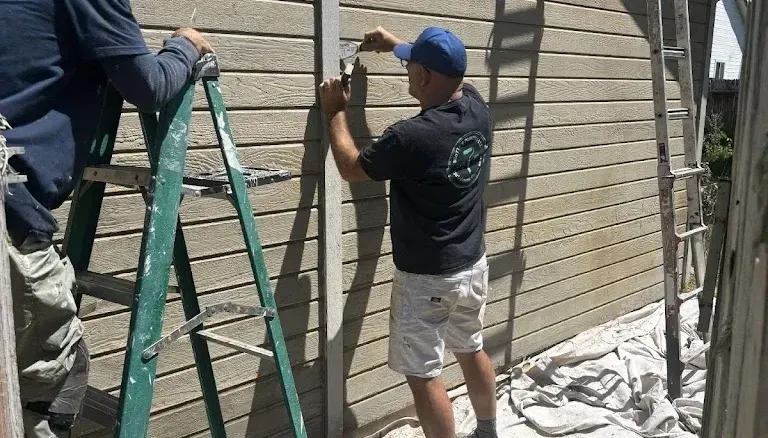
Before you start painting, it's crucial to prepare your home's exterior properly. This section covers the key steps to ensure a smooth and long-lasting paint job.
Assessing Surface Conditions
The first step in any exterior painting project is to assess the current condition of your home's surfaces. This evaluation helps identify areas that need repair or special attention before painting begins.
Start by walking around your house and looking for signs of damage such as peeling paint, cracks, or rot. Pay close attention to areas exposed to harsh weather conditions or moisture.
Note any loose or damaged siding, as these areas will need to be repaired or replaced before painting. Also, check for any mold or mildew growth, which should be treated with appropriate cleaners.
Lastly, examine the caulking around windows and doors. If it's cracked or missing, it will need to be replaced to prevent water infiltration and ensure a neat paint job.
Essential Painting Preparations
Proper preparation is key to achieving a professional-looking and long-lasting paint job. This stage involves cleaning, repairing, and protecting the exterior surfaces of your home.
Begin by pressure washing the entire exterior to remove dirt, grime, and loose paint. This step is crucial for paint adhesion and overall durability of the finish. Allow the surfaces to dry completely before proceeding.
Then, remove any loose or peeling paint and sand down rough spots to achieve a smooth surface. Fix any damaged wood, siding, or stucco, and replace any sections that are rotted.
Finally, protect areas you don't want painted by covering them with plastic sheeting and painter's tape. This includes windows, doors, light fixtures, and any landscaping close to the house.
Choosing the Right Primer
Selecting the appropriate primer is a critical step in the exterior painting process. The right primer creates a strong foundation for your paint, enhancing its adhesion and longevity.
For bare wood or porous surfaces, use a high-quality oil-based primer. This type of primer seals the surface and provides excellent adhesion for the topcoat.
If you're painting over a previously painted surface in good condition, a latex primer might be sufficient. For metal surfaces, choose a primer specifically designed for metal to prevent rust and corrosion.
When dealing with stains or tannins that might bleed through the paint, opt for a stain-blocking primer. This will prevent discoloration and ensure a uniform finish.
Selecting the Perfect Paint

Choosing the right paint is essential for achieving a beautiful and durable finish. This section will guide you through the various options available and help you make an informed decision.
Types of Paint and Finishes
Understanding the different types of paint and finishes available is crucial for selecting the best option for your home's exterior. Each type has its unique properties and benefits.
Latex paints are popular for their ease of use, quick drying time, and excellent color retention. They're also more flexible, which helps prevent cracking and peeling over time.
Oil-based paints, while less common, offer superior adhesion and durability. They're beneficial for surfaces that require extra protection or have been previously painted with oil-based products.
Finishes vary from flat to high-gloss. Flat finishes are effective at concealing imperfections but offer less durability, whereas glossier finishes are more resistant to wear and tear, though they tend to emphasize surface flaws.
Importance of Paint Durability
The durability of your chosen paint plays a significant role in how long your exterior paint job will last and how well it will protect your home from the elements.
High-quality, durable paints contain a higher solid content, resulting in a thicker, more protective coating. This helps resist fading, chalking, and peeling, even in harsh weather conditions.
Look for paints with good UV resistance to prevent color fading and deterioration from sun exposure. Additionally, paints with mildew-resistant properties are beneficial in humid climates.
Remember, while durable paints may cost more upfront, they often prove more cost-effective in the long run by requiring less frequent repainting and providing better protection for your home.
Environmentally Friendly Paints
Environmentally friendly paints are becoming increasingly popular due to their low impact on the environment and improved safety for both painters and homeowners.
These paints typically have low or zero volatile organic compounds (VOCs), which means they emit fewer harmful fumes during and after application. This makes them safer to use and better for air quality.
Many eco-friendly paints are made from natural or recycled materials, reducing their environmental footprint. Some even offer additional benefits like improved insulation properties or the ability to reflect heat.
When choosing an environmentally friendly paint, look for certifications from recognized organizations that verify the product's green credentials.
Tools and Techniques for Professional Results
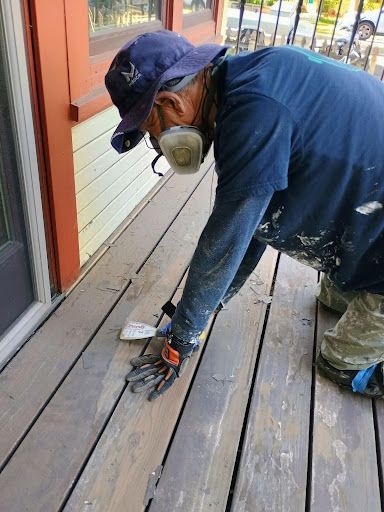
To achieve a professional-quality paint job, you need the right tools and techniques. This section covers the essentials you'll need and how to use them effectively.
Essential Painting Tools and Equipment
Having the right tools can make a significant difference in the quality and efficiency of your painting project. Here's a list of essential items you'll need:
- High-quality paintbrushes in various sizes
- Paint rollers with appropriate nap length for your surface
- Extension poles for reaching high areas
- Paint sprayer for large surfaces (optional)
- Sturdy ladders or scaffolding for safe access to all areas
- Drop cloths to protect surrounding areas
- Painter's tape for clean lines and protection
Investing in good quality tools will not only make your job easier but also contribute to a better finish. Remember to clean and store your tools properly to extend their lifespan.
Techniques for Clean Lines and Even Coats
Achieving clean lines and even coats is key to a professional-looking paint job. Here are some techniques to help you get the best results:
Start by "cutting in" around edges and trim with a brush before rolling larger areas. This technique helps create crisp, clean lines.
When using a roller, apply paint in a "W" pattern, then fill in the gaps. This method ensures even coverage and helps avoid visible roller marks.
When using a spray painter, maintain a consistent distance from the surface and employ overlapping strokes to ensure coverage. Practice on a test surface to gain confidence with the technique before applying it to your house.
Dealing with Textures and Materials
Different exterior materials and textures require specific approaches to achieve the best results. Here's how to handle common surfaces:
For rough textures like stucco or brick, use a roller with a longer nap to ensure paint gets into all the crevices. You may need to back-brush after rolling to work the paint into the texture.
When painting smooth siding, a shorter nap roller or sprayer can provide an even finish. Be sure to follow the grain of the siding for the most natural look.
For metal surfaces like gutters or downspouts, use a brush or small roller designed for smooth surfaces. Apply thin, even coats to prevent drips and runs.
Enhancing Curb Appeal with Color
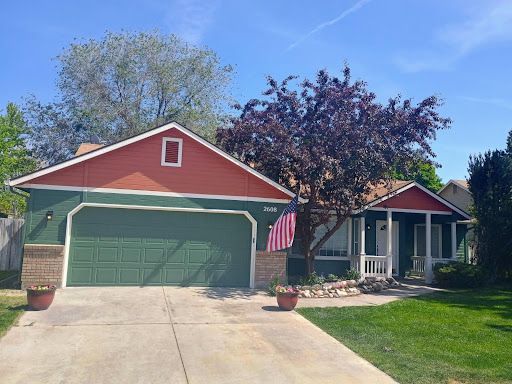
The right color choice can dramatically enhance your home's curb appeal. This section will help you navigate color selection and work effectively with professional painters.
Trends in Color Selection
Staying informed about current color trends can help you make choices that keep your home looking fresh and appealing. Here are some recent trends in exterior paint colors:
- Earthy tones like warm greys, soft greens, and muted blues are popular for their natural, calming effect.
- Bold accent colors for front doors and shutters continue to be a trend, adding personality to neutral color schemes.
- Monochromatic color schemes, using different shades of the same color, are gaining popularity for their sophisticated look.
Remember, while trends can be inspiring, it's important to choose colors that you'll be happy with for years to come. Consider your home's architecture and your personal style when making decisions.
Tips for Harmonizing with Home Style
Choosing colors that complement your home's architectural style can greatly enhance its overall appearance. Here are some tips to consider:
For traditional homes, classic color combinations like white with black or navy accents often work well. Colonial-style homes often look best in historical colors.
Modern or contemporary homes can handle bolder color choices. Consider using contrasting colors for architectural features to create visual interest.
For craftsman-style homes, earth tones and natural colors are often a good fit, reflecting the style's connection to nature.
Collaborating with Professional Painters
Working with professional painters can help you achieve the best results for your exterior painting project. Here's how to collaborate effectively:
Communicate your vision clearly, including any specific colors or finishes you have in mind. Professional painters can offer valuable advice on color selection and finishes based on their experience.
Ask for samples or digital mock-ups to help visualize the final result. Many painting companies now offer color visualization tools to help you make decisions.
Discuss the painting process in detail, including preparation steps and the timeline for completion. This ensures everyone is on the same page and helps avoid misunderstandings.
Maintaining Your Painted Exterior

Proper maintenance can significantly extend the life of your exterior paint job. This section covers key aspects of maintaining your newly painted home.
Scheduling Around Weather Conditions
Timing your exterior painting project with favorable weather conditions is crucial for achieving the best results. Here are some factors to consider:
Ideal painting conditions include temperatures between 50°F and 85°F, with low humidity. Avoid painting in direct sunlight or when rain is forecasted within 24 hours of painting.
In most regions, late spring and early fall offer the best conditions for exterior painting. However, this can vary depending on your local climate.
If you're working with professional painters, they can help you plan the best time for your project based on local weather patterns and their schedule.
Regular Maintenance Tips
Regular maintenance can help preserve your paint job and keep your home looking fresh. Here are some tips to follow:
Inspect your home's exterior annually for signs of wear or damage. Look for peeling paint, cracks, or areas where caulk has deteriorated.
Clean your home's exterior at least once a year using a gentle detergent and a soft-bristled brush or low-pressure washer. This removes dirt and prevents mold growth.
Touch up small areas of damage promptly to prevent larger issues. Keep some extra paint on hand for these touch-ups.
Troubleshooting Common Challenges
Even with proper preparation and application, you may encounter some challenges with your exterior paint. Here's how to address common issues:
For peeling paint, scrape off the loose paint, sand the area smooth, and apply primer before repainting. If peeling is widespread, it may indicate a moisture problem that needs to be addressed.
If you notice fading, especially on south-facing walls, consider using a paint with better UV resistance in the future. In the meantime, a fresh coat of paint can restore the color.
For mildew growth, clean the affected area with a solution of one part bleach to three parts water. Rinse thoroughly and allow to dry before repainting with a mildew-resistant paint.
Remember, if you're unsure about how to handle a particular issue, it's always best to consult with professional painters for advice. They can provide expert guidance and help ensure your home's exterior stays beautiful for years to come.
"A well-maintained exterior paint job not only enhances your home's appearance but also protects it from the elements. Regular care and prompt attention to any issues will keep your home looking its best for years to come."
- Scotty's Painting LLC
For more tips and advice on exterior painting, or to schedule a professional consultation, contact us today. Our team at Scotty's Painting LLC is always ready to help you achieve the best results for your home.
Don't forget to check out our Facebook page for the latest updates and special offers!

